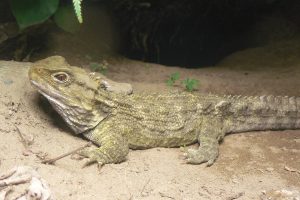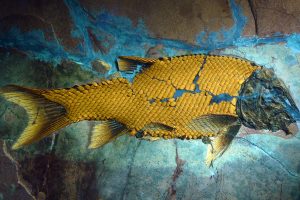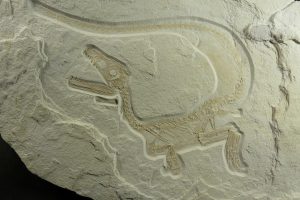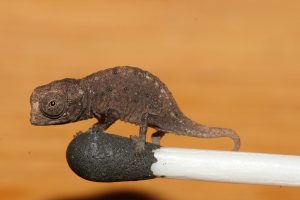Selected press releases in English
Here you can view selected press releases in English. Most of our press releases are in German. You can find recent and further press releases & news on our German website: View all German press releases
With a crush: A Jurassic brother of the enigmatic tuataras
1. November 2012 | Press Releases
A hard nut to crack: the Evolution of the armored fishes
12. July 2012 | Press Releases
Fluffy, but no less dangerous: A new, juvenile predatory dinosaur from Bavaria
2. July 2012 | Press Releases
Rivaling the World’s smallest Reptiles: New tiny Chameleons discovered in Madagascar
15. February 2012 | Press Releases




